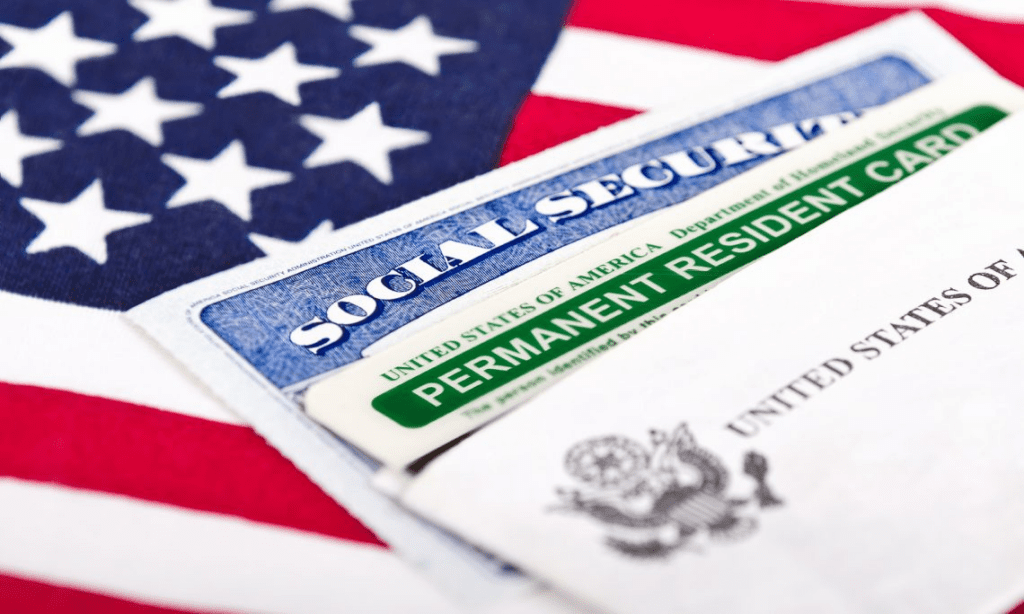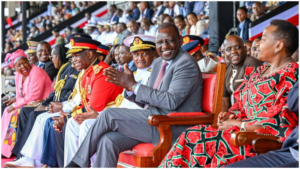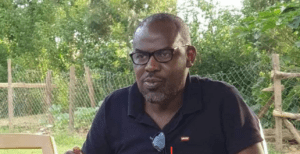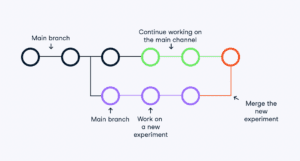
DV Lottery Application
The Diversity Visa (DV) Lottery, also known as the Green Card Lottery, is an annual program conducted by the U.S. government to diversify the immigrant population of the United States. It provides a pathway for individuals from underrepresented countries to gain permanent residency in the U.S. Each year, thousands of applicants around the world eagerly submit their entries, hoping to secure one of the coveted spots. However, understanding how winners are selected is a process that involves a combination of technology, randomization, and strict criteria to ensure fairness and eligibility.
If you need Help in Applying for DV Lottery, Contact: +254 743 685398 (only Kenyans) on WhatsApp
Here’s an in-depth look at how DV lottery winners are selected:
1. The Purpose Behind the DV Lottery
Before diving into the selection process, it’s important to understand the rationale behind the DV lottery. The program was established by the Immigration Act of 1990 with the purpose of encouraging diversity within the immigrant population of the United States. It is specifically aimed at countries that have sent fewer immigrants to the U.S. over the past five years. Each year, approximately 55,000 immigrant visas are made available through the DV lottery. This program opens up opportunities for individuals from countries with historically low immigration rates to the U.S.
2. The Application Process
The first step in the DV lottery selection process is submitting an application. The application period typically opens in early October and runs until early November each year. Applicants must submit their entries electronically through the U.S. Department of State’s official website during this window.
The application form requires basic personal information such as name, date of birth, country of eligibility, education, and work experience. A digital photograph that meets strict criteria is also required. It’s critical that applicants provide accurate information, as discrepancies or incomplete forms can lead to disqualification. There is no fee to enter the DV lottery.
Once the application window closes, the selection process begins. Here’s a step-by-step breakdown of how DV lottery winners are chosen.
3. Eligibility Screening
Before applicants are entered into the actual selection pool, their applications are screened for basic eligibility. Two primary criteria are considered:
- Country of Eligibility: Applicants must be from a qualifying country, typically one that has sent fewer than 50,000 immigrants to the U.S. over the last five years. Countries like India, China, Mexico, and the Philippines are examples of nations that are often excluded due to high immigration numbers.
- Education or Work Experience: Applicants must have either completed a high school education or have two years of work experience in a profession that requires at least two years of training.
This initial screening ensures that only eligible applicants advance to the next stage.

4. Randomized Computer Selection
The heart of the DV lottery selection process is a randomized computer drawing. After the initial eligibility screening, the Department of State uses a computer program to randomly select applicants from the pool of eligible entries.
FOLLOW OUR WHATSAPP CHANNEL FOR MORE UPDATES
This random selection process ensures fairness and transparency, as every eligible entrant has an equal chance of being selected, regardless of their background, nationality, or any other characteristic. There is no preference given to any applicant, and the process does not involve any human intervention once the randomization begins.
5. Allocation by Region
Although the selection process is randomized, there is still a regional allocation system in place to ensure diversity among the selected winners. The world is divided into six regions for the purposes of the DV lottery:
- Africa
- Asia
- Europe
- North America (including the Caribbean)
- Oceania
- South America (including Central America)
Each region is allocated a certain number of visas based on its population size and the historical immigration rate to the U.S. from that region. Countries within each region with lower rates of immigration to the U.S. receive more visas compared to countries with higher immigration rates. This ensures that diversity is maintained across all regions.
6. Country Caps
To further maintain diversity, no single country can receive more than 7% of the total available visas (around 3,850 visas). This rule prevents a situation where one country dominates the lottery, ensuring that the visas are spread out among a wide variety of countries.
FOLLOW OUR WHATSAPP CHANNEL FOR MORE UPDATES
7. The Notification Process
Once the random selection process is complete, the selected applicants (also known as “selectees”) are notified through the DV lottery’s official website. Entrants must check their status using a unique confirmation number they received when submitting their entry. The Department of State does not send out emails or physical notifications regarding selection, so applicants must proactively check their status.

It’s important to note that being selected as a winner in the DV lottery does not guarantee a visa. Selectees must still go through a rigorous process to confirm their eligibility and secure their visa.
8. The Next Steps After Selection
For those selected, the journey is far from over. After notification, selectees must complete several more steps before they can be issued a green card. These steps include:
- Completing Form DS-260: Selectees must submit Form DS-260, the Immigrant Visa and Alien Registration Application, which includes detailed information about the applicant’s background, family, and plans in the U.S.
- Scheduling an Interview: After submitting Form DS-260, selectees will be invited to an interview at a U.S. embassy or consulate in their home country. During the interview, a consular officer will review the applicant’s information and determine if they meet all the necessary criteria for receiving a visa.
- Medical Examination and Supporting Documents: Selectees must also undergo a medical examination by an approved physician and submit supporting documents such as birth certificates, police records, and educational credentials.
9. The Role of Visa Bulletin and Cut-off Numbers
The DV lottery uses the Visa Bulletin system to manage the number of visas issued each year. Selectees are assigned a “case number,” which determines when they can proceed with the visa process. The Visa Bulletin, published monthly by the U.S. Department of State, lists cut-off numbers that indicate which case numbers are eligible to schedule their visa interviews.
Because more people are selected in the lottery than there are visas available, not all selectees will end up receiving a visa. Therefore, it’s crucial for selectees to monitor the Visa Bulletin closely and act quickly when their case number becomes eligible.
10. Visa Issuance and Green Card
If a selectee successfully completes the interview and is deemed eligible, they will be issued a diversity visa. Once they enter the U.S. with this visa, they will become a lawful permanent resident and receive a green card. This green card grants them the right to live and work in the U.S. permanently.
11. Why Some Winners Don’t Get a Visa
Even though around 55,000 visas are available, more than 100,000 people are typically selected in the lottery. This is done to account for individuals who may not complete the process, fail the interview, or are found ineligible for some reason. As a result, not all winners will ultimately receive a visa. Timing, documentation, and eligibility play key roles in determining who secures a visa by the end of the process.
The DV lottery is a complex yet fair process designed to provide opportunities for people from underrepresented countries to live and work in the United States. From the initial application to the final interview, every step is carefully structured to ensure diversity, transparency, and equal opportunity for all entrants. While the random selection process is at the heart of the DV lottery, each applicant’s personal responsibility in completing the follow-up steps plays a vital role in their journey toward becoming a U.S. permanent resident. For those lucky enough to be selected, the DV lottery can be a life-changing opportunity.
FOLLOW OUR WHATSAPP CHANNEL FOR MORE UPDATES
SHARE THIS POST






